Norway's waters are protected by the Norwegian Coast Guard. Here's a visual guide to their roles and responsibilities.
The Norwegian Coast Guard's main role is to assert and uphold Norwegian sovereignty over its inland waters, territorial waters and exclusive economic zone (EEZ).
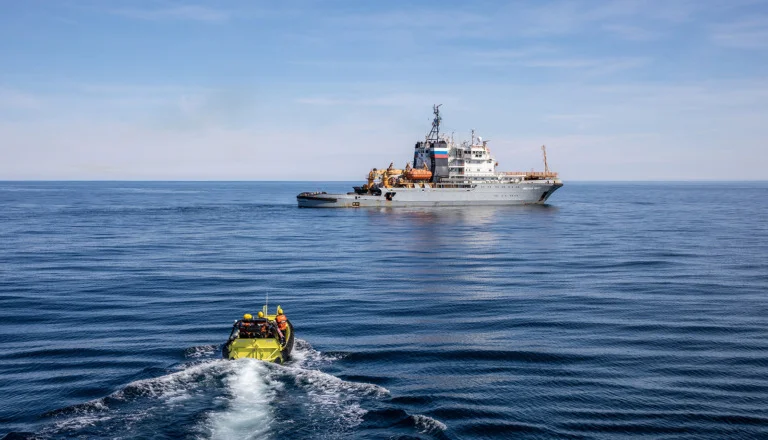
The Norwegian coastline is vast, but the size of Norway's territorial waters is difficult to comprehend. Norway's Coast Guard operates in area of 2.3 million square kilometres, or around 920,000 square miles.
Table of Contents
Introducing the coastguard
Norway's Coast Guard (Kystvakten) provides services to a range of public agencies including the Coastal Administration, Customs and Excise, the Directorate of Fisheries, the Environmental Agency, the Institute of Marine Research, the Mapping Authority, the Navy and the Police.
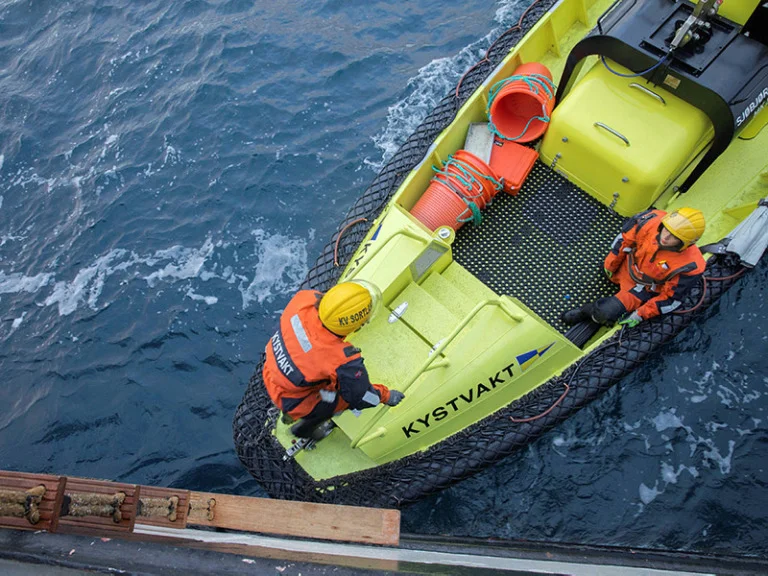
This means specific duties range from providing emergency services at sea to customs and border control for the Schengen Area.
As part of the Royal Norwegian Navy (Sjøforsvaret), the Coast Guard shares land-based support functions like naval bases and academies with the Norwegian Fleet. The Coast Guard itself is divided into three main divisions.
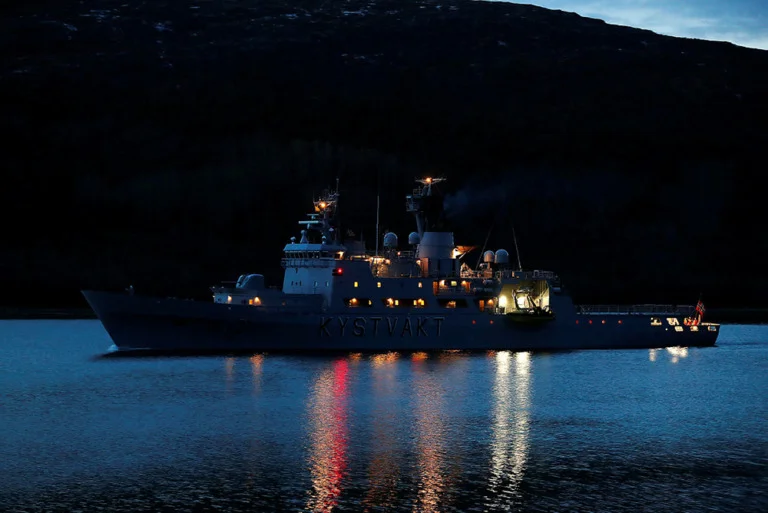
Firstly, the Outer Coast Guard covers Norway's EEZ and consists of several offshore patrol vessels. The Inner Coast Guard consists of Nornen-class patrol vessels. In total, the Coast Guard has 14 vessels. Supporting the coastguard is the Royal Norwegian Air Force's patrol aircraft and helicopters.
Search and rescue services
The Coast Guard is not solely responsible for search and rescue (SAR) at sea. However, they are one of many agencies which can be called upon for SAR missions.
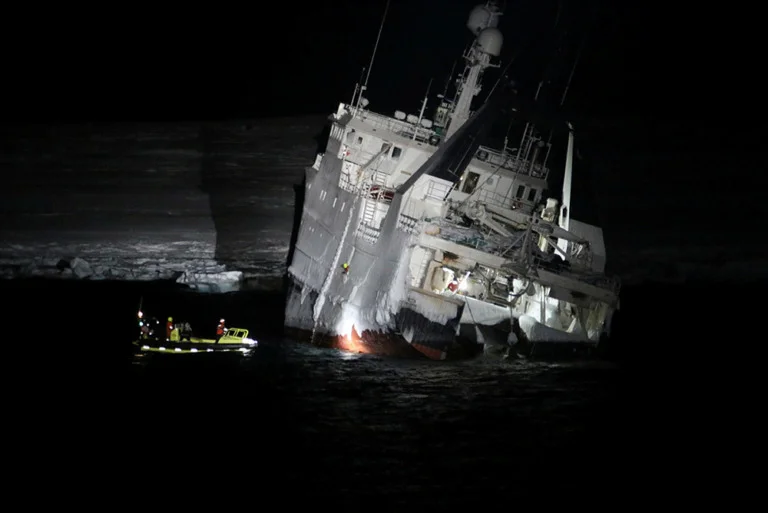
These dramatic pictures show the rescue efforts when the fishing trawler Northguider ran aground on Svalbard in 2018.
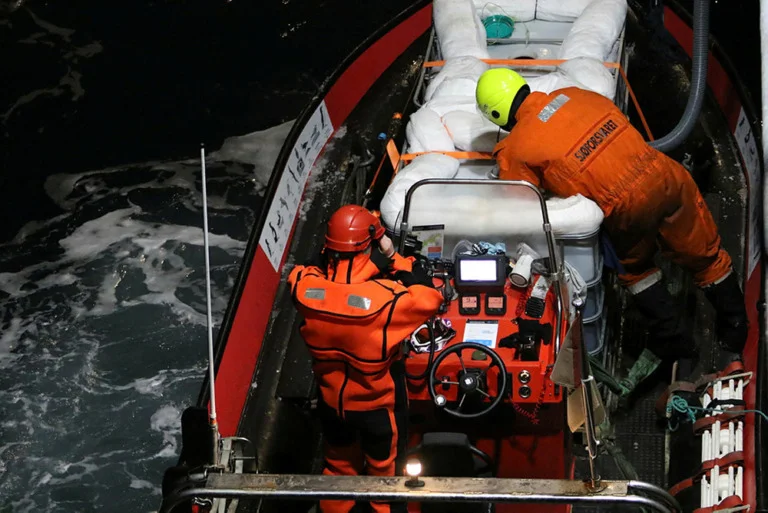
All 14 crew were saved, remarkably with no serious injuries. The wreck was salvaged more than 18 months later.
Fishing inspections & assistance
Fishing and seafood remains an incredibly important industry to Norway. So much so, that the majority of the Coast Guard's work is related to fisheries, both inspections and assistance.
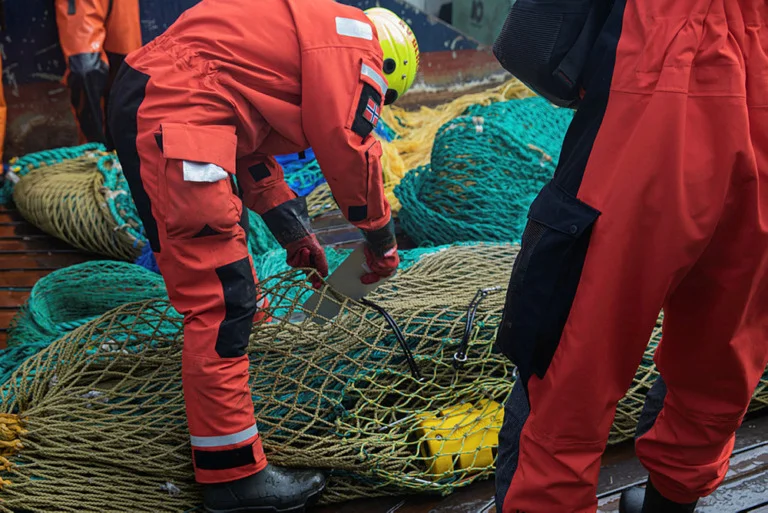
Assistance duties include mechanical help, towing of broken-down vessels, firefighting, and removal of foreign objects at sea.
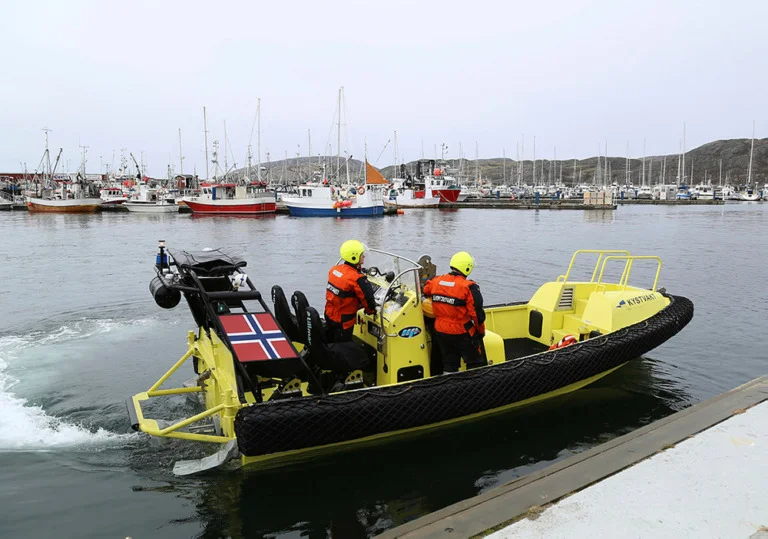
Environmental & research assistance
One of the lesser-known roles of the Coast Guard is to provide environmental support and support to research projects.
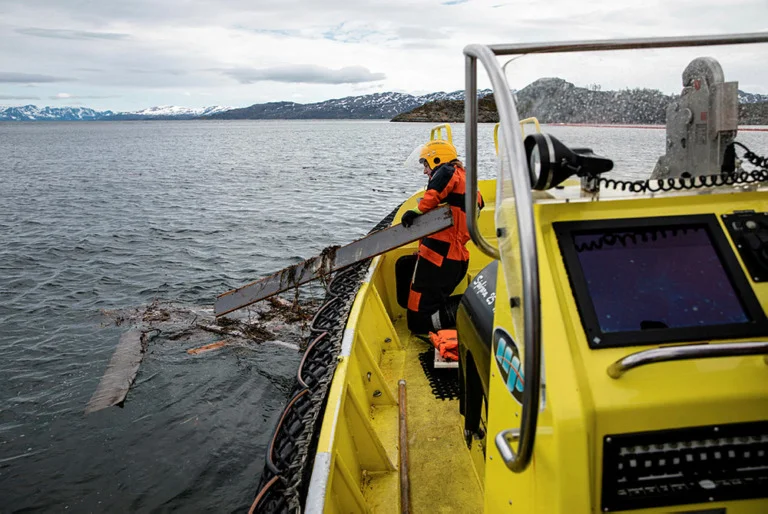
For example, the Harstad provided help with cleaning up after the recent Alta landslide sent piles of wreckage into the sea.
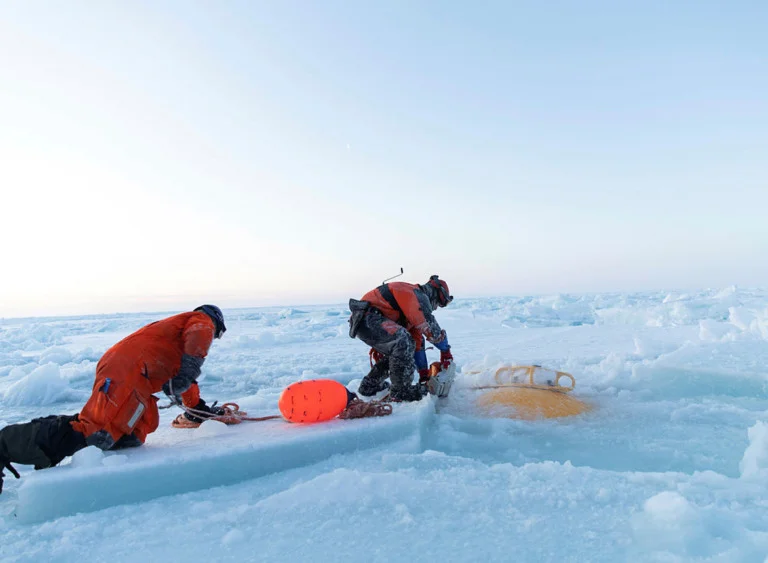
The Coast Guard also supports the work of the Institute of Marine Research and the Norwegian Mapping Authority.
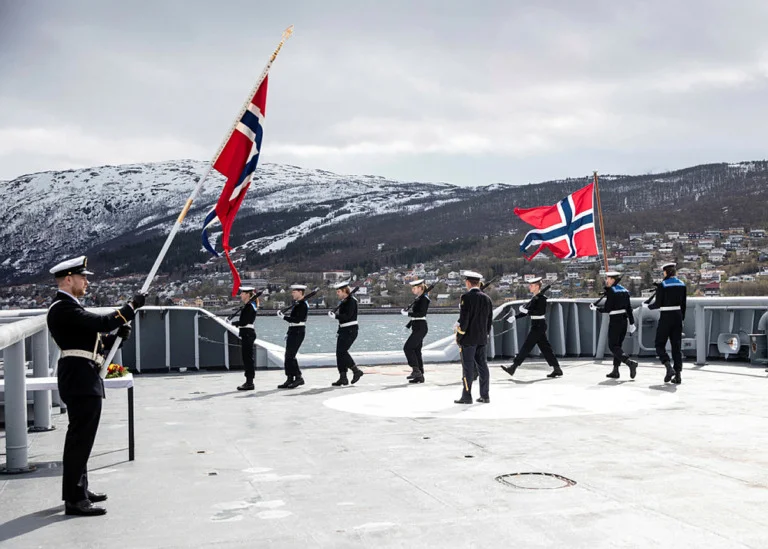
Norway's Coast Guard has also participated in international collaborations. They took part in the 1990–91 Gulf War and the 2014 destruction of chemical weapons in Syria.
Working for the Norwegian coastguard
Several hundred people work for the Coast Guard in Norway.
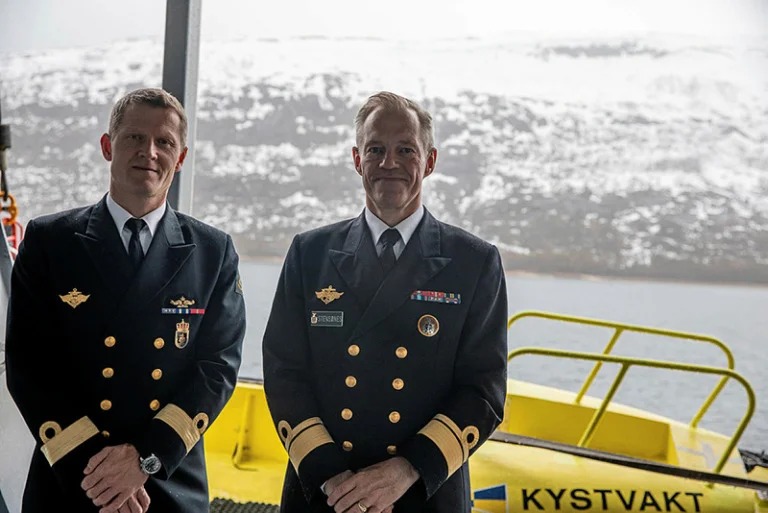
Thanks to the Coast Guard's photo archives, we can get a glimpse into what working for the organisation is like.
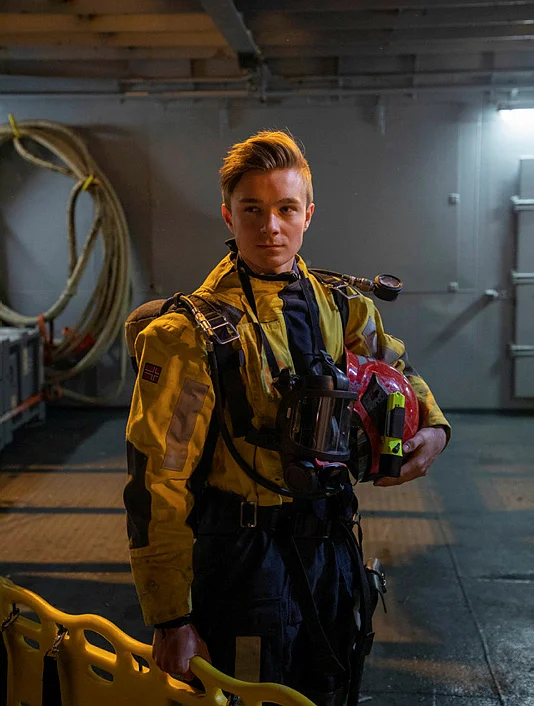
Most of the staff functions are located at the Norwegian Navy's Coast Guard station at Sortland in the Vesterålen islands of Northern Norway.
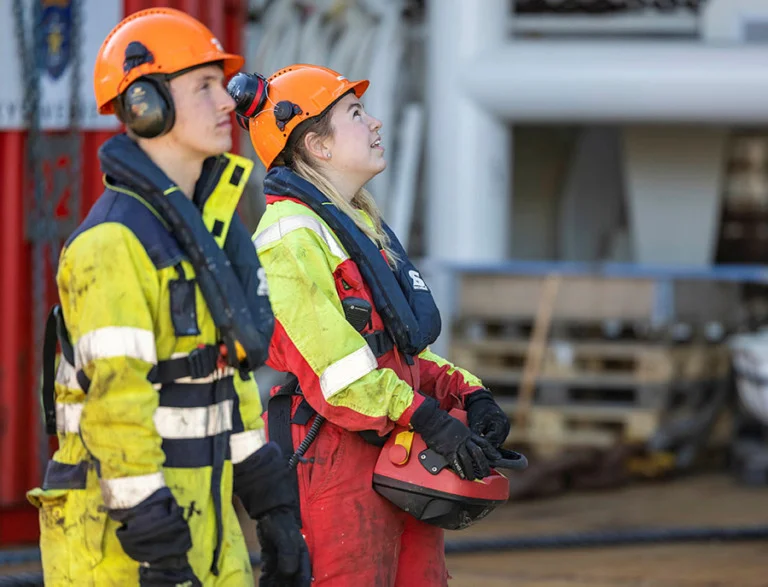
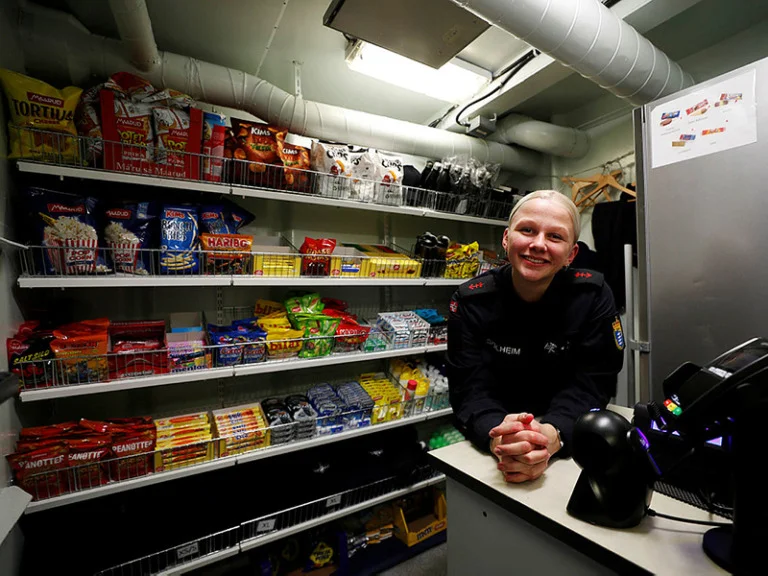
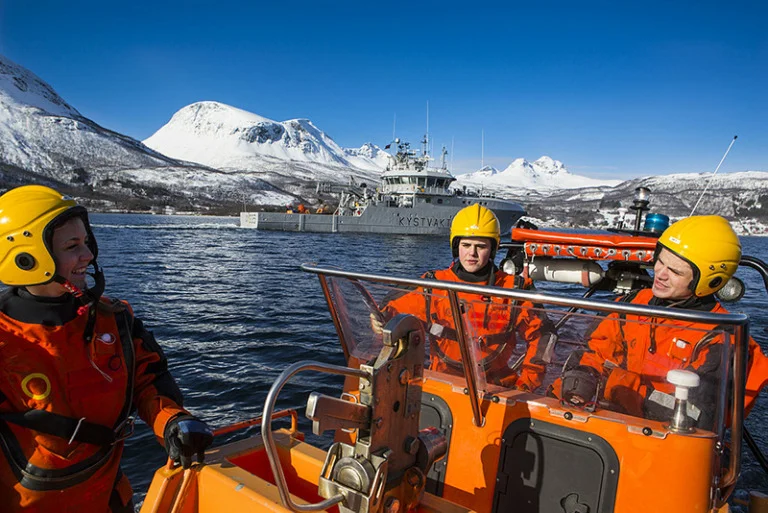
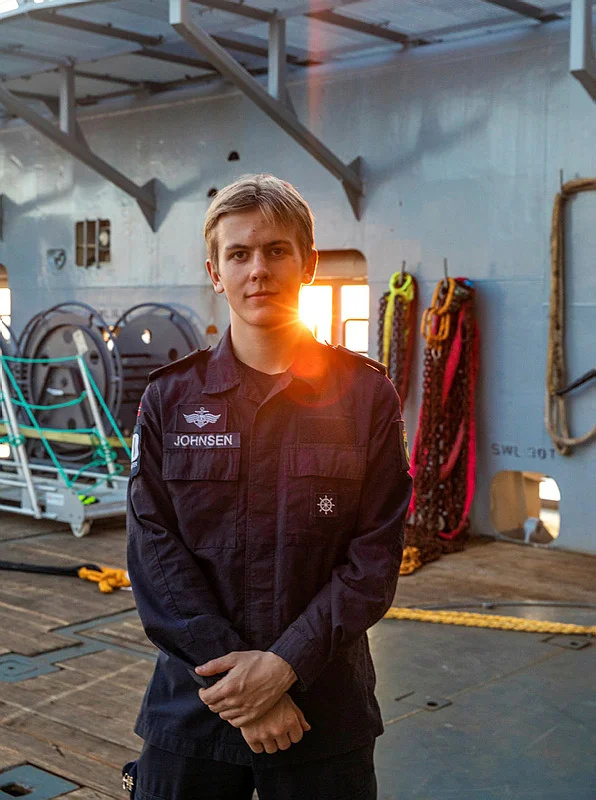
Newest ships for Norway's Arctic waters
Disappearing sea ice means Norway now has more Arctic waters to patrol than ever before. As reported by the Barents Observer, the hull for the first of three new ships for the Arctic zone is being towed from the Romanian shipyard.
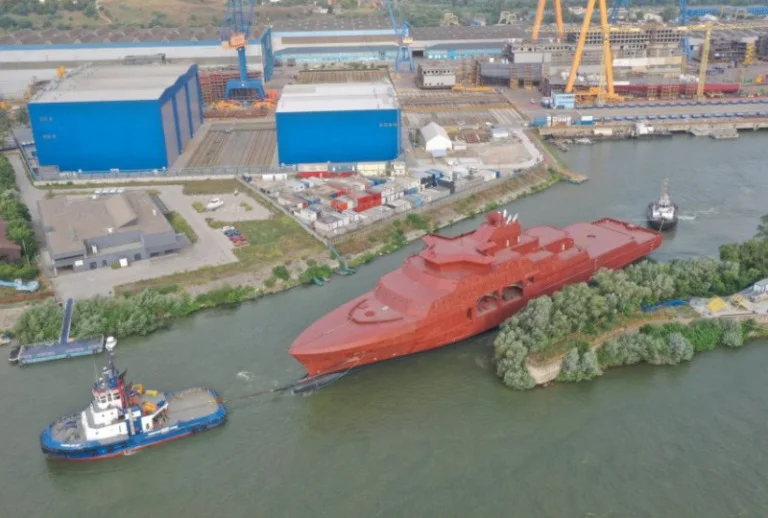
Norway's Vard Langsten shipyard will complete the three vessels, expected to be ready between 2022 and 2024. The 136-metre long Jan Mayen class vessels will be used for fishery inspections, search and rescue, territorial guarding and oil-spill preparedness.

